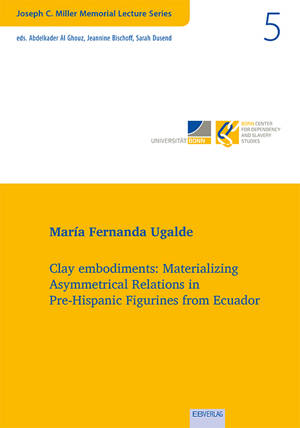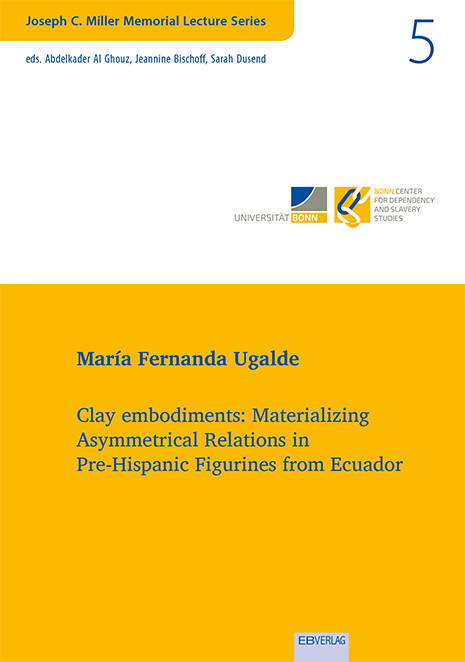
- Afhalen na 1 uur in een winkel met voorraad
- Gratis thuislevering in België vanaf € 30
- Ruim aanbod met 7 miljoen producten
- Afhalen na 1 uur in een winkel met voorraad
- Gratis thuislevering in België vanaf € 30
- Ruim aanbod met 7 miljoen producten
Zoeken
Clay embodiments
Materializing Asymmetrical Relations in Pre-Hispanic Figurines from Ecuado
María Fernanda Ugalde
€ 11,95
+ 23 punten
Omschrijving
The longest tradition of figurine production in the Americas is found on the Ecuadorian coast, beginning with the Valdivia culture around 3500 BC and ending with the arrival of Spanish conquistadors, or possibly even later. In this article, figurines from different cultures and time periods in this tradition are analyzed with an emphasis on body politics, presenting the author's reflections about how these artifacts embody ancient relations between people, especially with regard to gender asymmetries. It also discusses at some length the question of how contemporary perspectives for analyzing ancient materials are often influenced by western, patriarchal, ideology-laden interpretations.Although the corpus of figurines analyzed in this research is well known, prior to this study it has not been considered from the perspective of gender asymmetries, even though it is an excellent source of data for such analyses, especially in a diachronic perspective. The study argues that the figurine traditions of particular cultures implicitly emphasize some ideals, such as naturalizing the idea of females depending on males. The author argues that the frequent representations of female individuals associated with pregnancy and childcare can be seen as a political agenda designed to idealize the roles of mother and wife for women, and to limit the influence of female individuals in public activities connected to power and authority.
Specificaties
Betrokkenen
- Auteur(s):
- Uitgeverij:
Inhoud
- Aantal bladzijden:
- 45
- Taal:
- Engels
- Reeks:
- Reeksnummer:
- nr. 5
Eigenschappen
- Productcode (EAN):
- 9783868933673
- Uitvoering:
- Boek
- Afmetingen:
- 148 mm x 210 mm

Alleen bij Standaard Boekhandel
+ 23 punten op je klantenkaart van Standaard Boekhandel
Beoordelingen
We publiceren alleen reviews die voldoen aan de voorwaarden voor reviews. Bekijk onze voorwaarden voor reviews.








